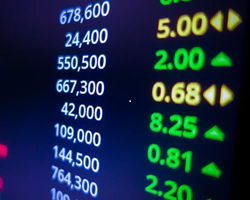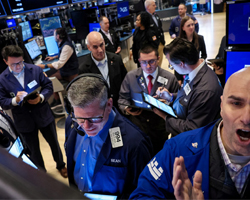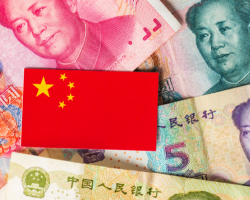Overblown Risks of a Falling U.S. Economy and China | Daily Market Analysis
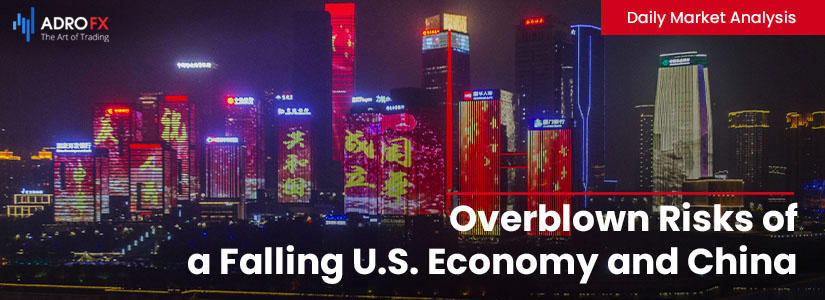
Key events:
- UK – Construction PMI (Nov)
- Canada – Ivey PMI (Nov)
- Australia – RBA Rate Statement
- USA – EIA Short-Term Energy Outlook
U.S. stocks fell while bond yields jumped after the release of positive ISM service sector data suggesting that the most important part of the U.S. economy, where sticky inflation lives, is not close to collapse.

Outstanding news from the huge U.S. service-based economy is devastating for market participants who want to see evidence of the collapse of the U.S. economy. Yes, suffering on Main Street is conducive to less aggressive monetary policy and thus a renewed wealth effect through a stock market rally. Indeed, once the economy shows more signs of fatigue, Wall Street might actually go on the mend thanks to the Fed's softer rhetoric.
After Friday's jobs report, which showed that rumors of a declining U.S. economy had been greatly exaggerated, the market immediately went into "good news-bad news" mode, in which investors rode the "dovish" camp, giving in to Powell's instructions to raise interest rates for a longer period, as this end of cycle economic resilience made more than a few traders stand up and take notice.
At the same time, Brent crude oil fell sharply as traders were gripped by fear after an unexpected rise in service sector activity in America, prompting red flashes that the Federal Reserve might hold interest rates high longer, raising the possibility of a U.S. recession.
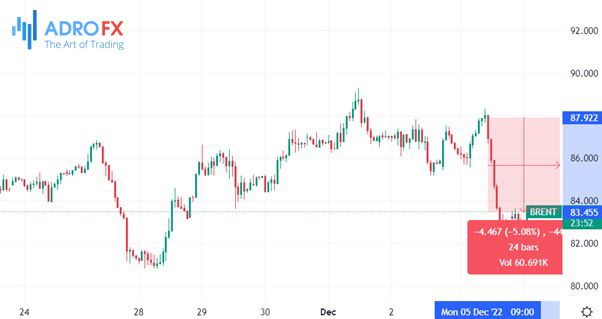
Nevertheless, the rebound in Chinese sentiment should serve as a springboard for higher crude prices. And, of course, the sooner the market appreciates the acceleration in growth caused by the opening, the higher oil prices will be. But to maximize the opening acceleration, traders must overcome an obstacle course consisting of skyrocketing coronavirus cases and steep drops in mobility. Under such conditions, oil prices never rise.
As we can see, China is making a real attempt to reopen after three years of rolling shutdowns and drastic restrictions blamed for undermining the world's second-largest economy. And for gullible markets, this is great news, as some investors see current levels as a once-in-a-generation entry point into Chinese stocks. But it also helps that long-term U.S. bond yields have fallen sharply from their highs amid optimism about the Fed's rhetoric.
The dollar, of course, has come out of its worst month in a dozen years, which has certainly helped the flow of funds.
It will take a lot of effort to get China back on track. The untrustworthy will expect it to be a convulsive event, full of false dawns, mixed economic signals, skyrocketing incidences of disease, and rife with fears of another lockdown.
Even though the U.S. dollar has pulled back from a negative trend after strong ISM data, speculators may continue to lower their bullish bets. Any rally could be seen as an opportunity to de-risk before the end of the year.
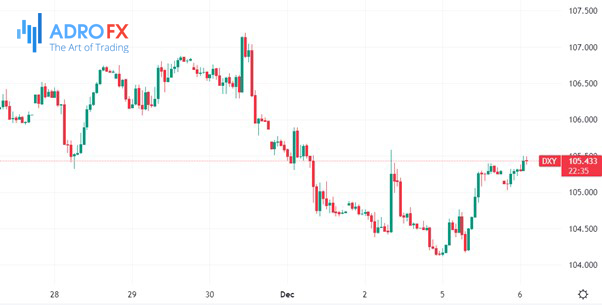
The recent decline in the dollar was primarily driven by growth expectations in Europe and China, which have risen compared to the U.S. The energy situation in Europe appears to be resolved for the moment, and China's resumption has had a positive impact on local units, Chinese betas, and the broader G10. It should not be forgotten that the decline in U.S. yields has also been an important factor.
